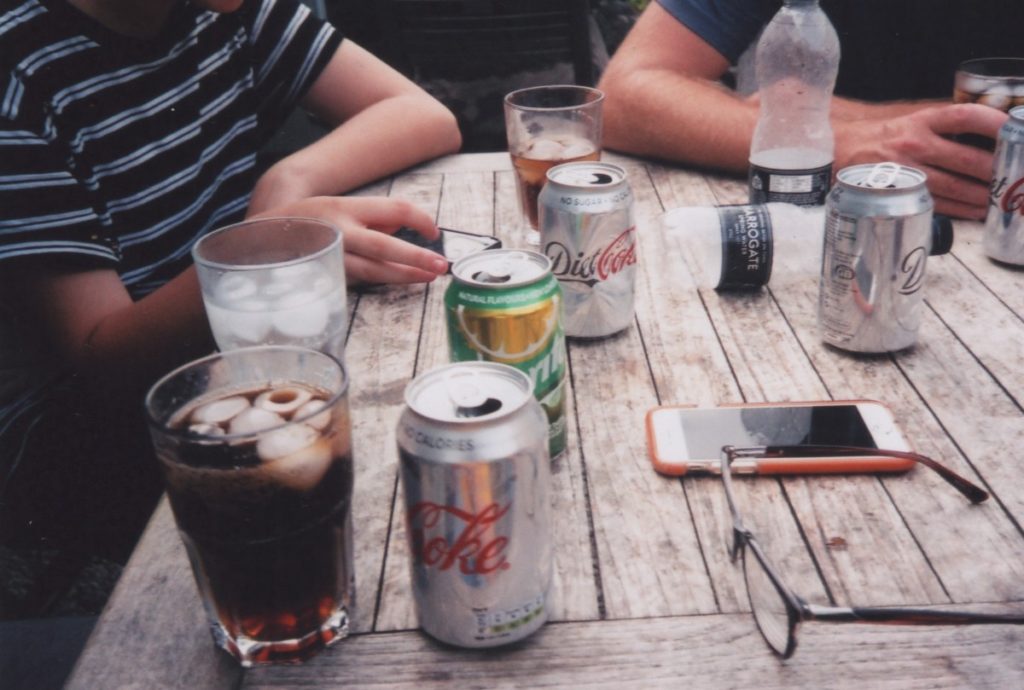
Democratization of Brand Influence
Brand influence has historically been driven by large corporations and conglomerates. Whether the brand holds a monopoly on over 50% marketshare in a category, Coca-Cola and Kellogg’s for instance… or an oligopoly like Visa, Mastercard, AMEX and Discover. It has always been difficult for smaller players to get visibility with their target audiences. This dynamic has been steadily shifting as the internet democratizes access to literally everything, including target customers. Large brands no longer by default control with advertising dollars a limited set of communication channels where consumers get their information. So they have had to shift their posture from propaganda and promotion to edutainment and connection. This shift is not voluntary. It is required to compete for mindshare as consumers now curate and consume information from a multiplicity of sources. Large brands are now competing with small brands and even private individuals who can get their story, talent, and recommendations out to the market through a myriad social media channels. Individuals can become famous or infamous overnight with the right video clip, meme, or quote. Mindshare is supreme now in the minds of brands because they recognize that market share follows mindshare.
Online Influencers
Ever consider starting a new business with little money without promoting it online? Don’t bother! What about spending a small fortune to hire a movie star to be your spokesperson? That’s Old School. Today, there is a New Way. Most successful businesses have an online presence — a website, a Facebook page, reviews on Yelp, an Instagram page, a YouTube video, a SnapChat account, and on and on. The really successful businesses develop a following and ascend to the “treasured” status of influencer, which means “mini celebrity” for their industry.

Online personas have a remarkably powerful influence over brands and their product(s). These influencers are 9 out of 10 times consumers of the product and their followers are more than likely part of your customer base. If brands don’t win them over, they may miss out on tens of thousands of potential customers. Yikes! These social media mavens and moguls are siphoning brand influence dollars away from celebrities who typically get paid to endorse products they don’t actually use. When you think about it, the choice is quite easy. Learn, listen, and buy something that is recommended by someone who shares my style sense, background, and/or ideals who happens to be using and lovin’ the product or buy from a Hollywood celebrity who I don’t know anything about except the characters they played and what the tabloids tell me. Great brand influencers take the time to answer follower questions and nurture their audience. Viewers make an emotional connection to them that is pure gold for prospective advertisers. When an influencer has a bad experience with your product, the viewer will have a visceral reaction and internalize the influencer’s bad experience without even testing the product for themselves.
Reviews and Ratings
It used to be that you needed a distribution deal with large brands to sell at scale to consumers. So unless you were able to get in the door and pitch your product to a major distributor, you were shut out of the marketplace. There was no other really effective way to reach new customers. It was a struggle to reach potential customers who were outside of the range of where one could personally deliver.
Now you can reach anyone in the world and deliver to them on the same day (depending on the order and location. With platforms like Amazon, Ebay and Wayfair, customers from around the world search and discover millions of brands that are at their disposal. Customers can scroll, view, and read reviews on hundreds of different brands for just one product. It used to be that the average person was only really aware of one brand for each of the products that they used in their household, which were heavily promoted on billboards and on television.
That’s how we quietly co-opted so many brand names and made them interchangeable with the product name like “get me a kleenex” and “are we out of pampers”. Brands can now compete without explicitly paying for advertising. A product can get lucky on Amazon with viral word of mouth referrals… next thing you know they’ve sold 50,000 units and their product has 800 5-star reviews. Many consumers may not recognize or independently research a brand, but they do trust their peer recommendations and the “wisdom of the crowd” that is involved in ratings and writing reviews.

Citizen reviewers have triumphed over experts (e.g., Yelp versus Zagat). It has the cumulative of experience and perspectives of hundreds of consumers of that product that in the end influence your buying decision..Reviews and ratings can also have the opposite effect on your brand. You may have the best marketing strategy in the world, spend millions of dollars on extensive marketing campaigns, commercial ads, etc… but if users visit your online assets and see lots of negative reviews, 1 star ratings… 4 out of 5 won’t buy from you. Again, the collective wisdom guides individual choice.
Message of the Brand
The message of the business can make a huge impact on the image of your brand. A mission statement of purpose and good will to humanity and the planet does wonders on its own. A large handful of people, and ever growing number of people, look to support a business that is not just doing well for itself but also doing good for others. Whether it’s donating a percentage of proceeds to using only renewable energy to hiring primarily veterans… the message strengthens the loyalty of customers to the brand.
This is actually a pretty interesting case. My personal opinion, the last few decades of bad business practice, oil companies polluting the oceans and atmosphere, exploiting child labor overseas, CEOs involved in shady schemes… these cases seem to have increased consumer awareness and brand activism. Consumers are asking tough questions of all companies, “OK so you’re not doing evil, but what good are you doing?” There is now an expectation that businesses will give back to society. You see this in television ads, Kellogg’s supporting youth sports, NBA supporting children’s education… there are thousands of examples now. Consumers are the “real” influencers. They are driving companies to stand for something and do better in the world or else.
Accessible Business Tools (Part 4) (Coming Soon) ->





